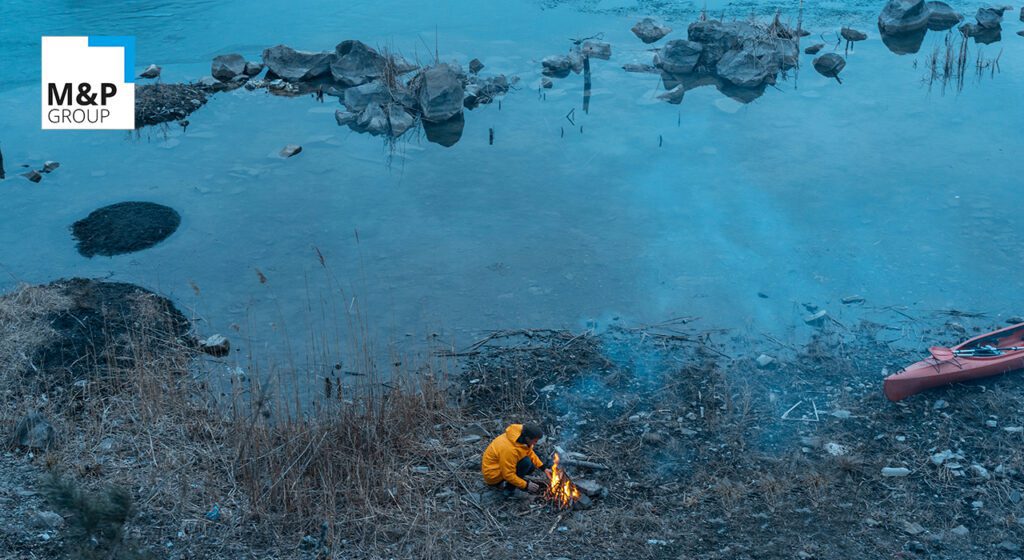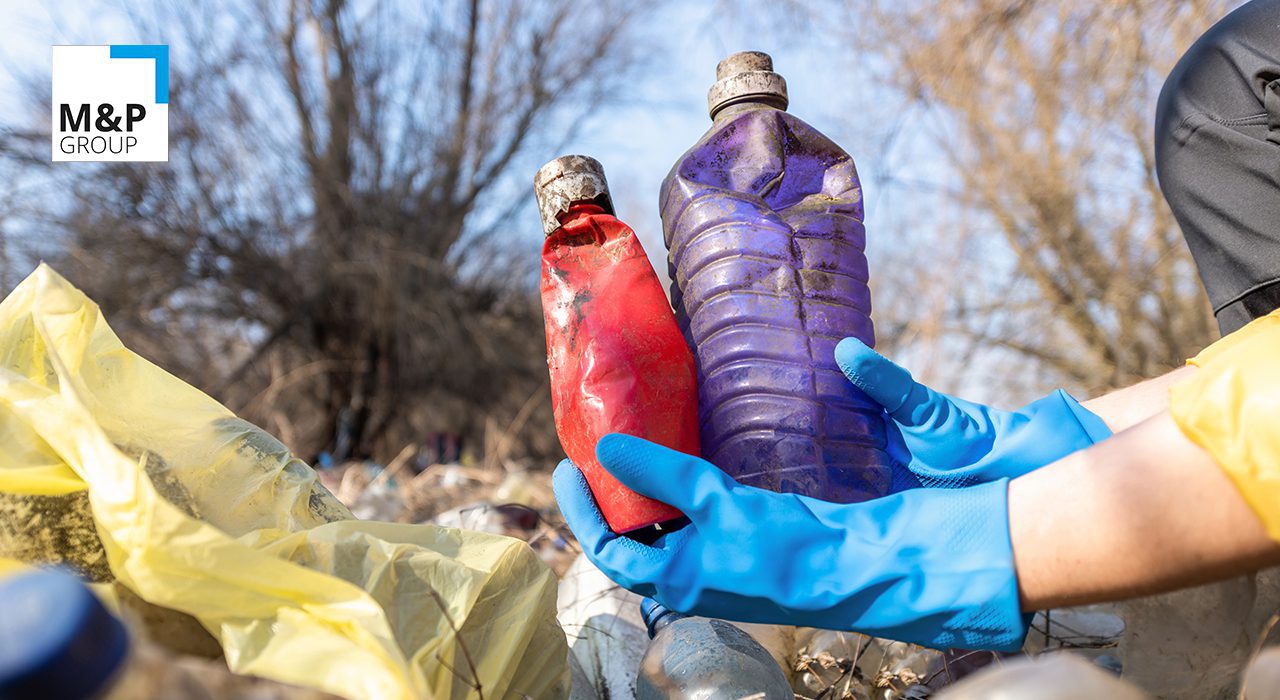Environmental remediation is an essential aspect of protecting ecosystems and public health, particularly at sites affected by historical industrial activities. A prime example is the remediation of a former gasworks facility operated by a municipal utility company in Lower Saxony, Germany. This location was classified as a contaminated site by the responsible authorities due to its hazardous legacy, prompting urgent action to prevent further environmental degradation.
The problem was first identified through detailed site investigations conducted between 1999 and 2024, which revealed significant levels of groundwater pollution and soil contamination. These investigations uncovered extensive contamination from PAHs (Polycyclic Aromatic Hydrocarbons) and cyanides, with pollutant concentrations reaching up to 50 mg/kg for PAHs and 30 mg/kg for cyanides, penetrating deep into the saturated groundwater zone. Furthermore, two distinct areas-an old tar and ammonia pit and a tar pit-were identified as major contamination sources, containing pollutants like BTEX (benzene, toluene, ethylbenzene, xylene), MKW (Mineral Oil Hydrocarbons), and phenols. Such contaminants posed a significant threat to the environment, particularly to groundwater resources that serve as a drinking water supply for nearly 15,000 residents in the surrounding area.
Remediation Project Design and Strategy
Given the severity of the contamination, a comprehensive remediation project was initiated under a public-law remediation contract. The primary goal was to halt the release of harmful substances from these "hot spots" into the groundwater and prevent long-term environmental risks. To achieve this, the remediation strategy focused on soil exchange, contaminated soil removal, and in-situ groundwater protection measures.
The project aimed to excavate and remove a total of 800 tonnes of contaminated soil-600 tonnes from the former tar and ammonia pit and an additional 200 tonnes from the adjacent tar pit. These materials were classified according to hazardous waste categories, predominantly DK I (soil with moderate contamination), and were treated following strict Hazardous waste disposal protocols. Furthermore, monitoring wells were installed around the site to continuously assess the effectiveness of groundwater protection measures.
Key Phases of the Remediation Project
The first phase of remediation commenced in May 2024, covering an 85-square-metre area of the former tar and ammonia pit. The initial work involved locating and removing existing utility lines and demolishing the old pit walls. A single-track corner shoring system (measuring approximately 3 x 3 metres) was installed step-by-step, reaching a depth of 3.5 metres below ground level. This phased approach ensured minimal disruption to the surrounding infrastructure while efficiently managing the excavation process.
Construction monitoring was pivotal during this phase, ensuring all procedures complied with safety and environmental standards. The excavation resulted in the removal of 600 tonnes of contaminated material, which was transported to certified disposal sites for proper pollutant removal and treatment. The contaminated soil removal significantly reduced the risk of contaminants leaching into the groundwater. Following this, a protective sealing layer will be installed to prevent any future infiltration of surface pollutants.

Groundwater Protection and Risk Management
Groundwater contamination is a critical issue at this site, given the region's reliance on groundwater resources. With contaminants found at concentrations exceeding environmental safety limits, immediate action was necessary to halt the migration of these pollutants into the aquifer. The remediation project not only targeted the removal of contaminated soil but also incorporated environmental risk management techniques to safeguard groundwater.
By June 2024, an additional 200 cubic metres of soil will be removed from the second hot spot-the tar pit. This will complete the main phase of the remediation, after which the site will undergo long-term monitoring to ensure that groundwater protection measures remain effective. The entire project is expected to reduce contamination levels by over 95%ensuring that pollutant concentrations fall well below the legal limits for safe groundwater.
Long-Term Impact and Projections
The remediation of this industrial site serves as a model for future environmental remediation projects, not only in Germany but also in similarly contaminated regions across Europe. With nearly 800 tonnes of contaminated soil removed and hazardous pollutants effectively contained, the site is projected to be fully restored by early 2025. Once completed, the remediation will not only protect local groundwater supplies but also pave the way for possible redevelopment of the site, providing economic and environmental benefits to the region.
In terms of cost, the overall budget for the project is projected to reach €1.5 million, with 50% of the funding allocated to the disposal of hazardous materials and the rest directed toward excavation, soil treatment, and post-remediation monitoring. However, the cost of remediation is a small price to pay considering the long-term benefits of improved groundwater quality and the potential for site redevelopment.
Moreover, the lessons learned from this remediation planning process will serve as a benchmark for handling future subsurface contamination and industrial site cleanup projects. The effective collaboration between the STRABAG Environmental Technology GmbH and M&P Engineering Company Ltd. highlights the importance of combining expertise in construction monitoring and environmental engineering for successful remediation outcomes.
Conclusion
The former gasworks site in Lower Saxony stands as a reminder of the environmental challenges posed by legacy industrial activities. Through meticulous planning, expert oversight, and comprehensive contaminated site remediation, the project team has demonstrated how proactive pollutant removal can protect natural resources and secure public health. This successful project offers valuable insights for other remediation efforts aimed at managing groundwater pollution and restoring contaminated sites across Europe.
As the project progresses into its final stages, it is projected that the site will not only meet the stringent environmental standards set forth by local authorities but also provide a blueprint for future environmental remediation endeavours, ensuring a cleaner, safer future for generations to come.

